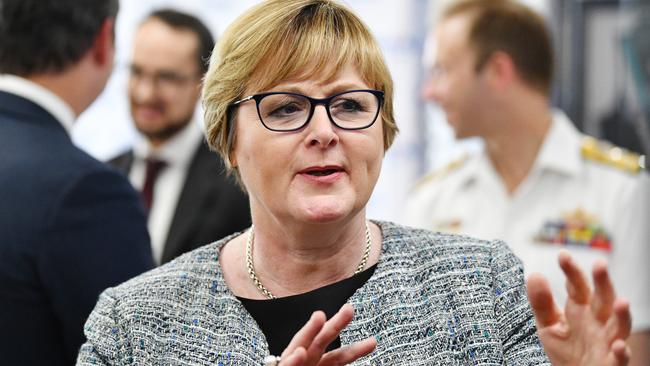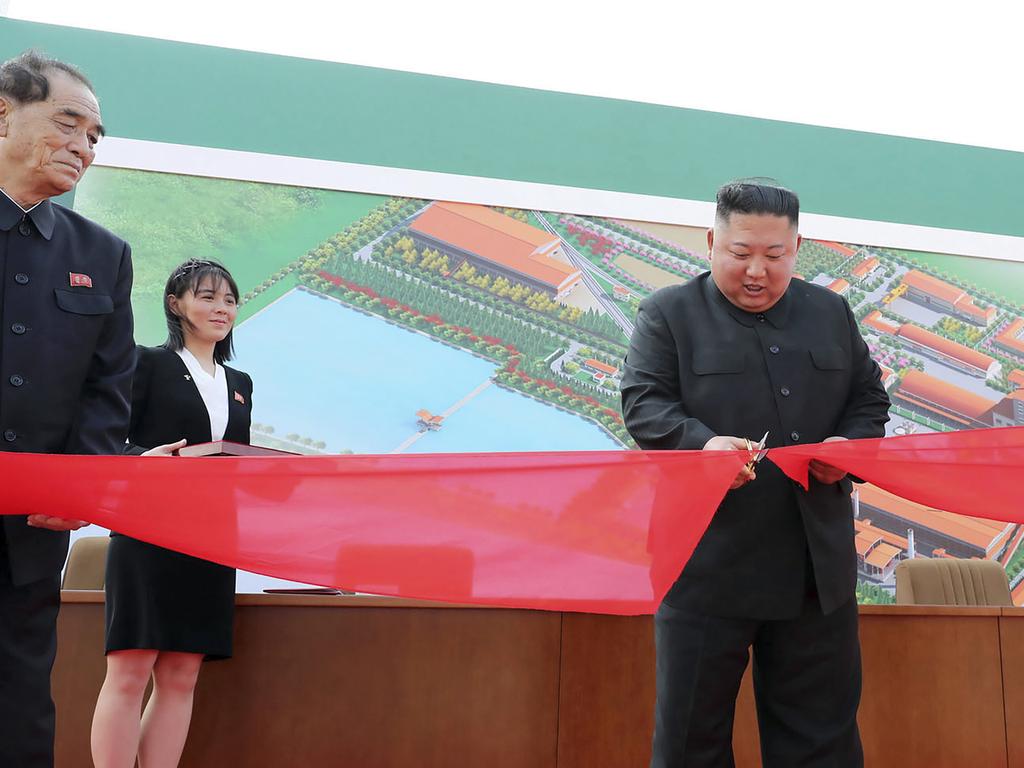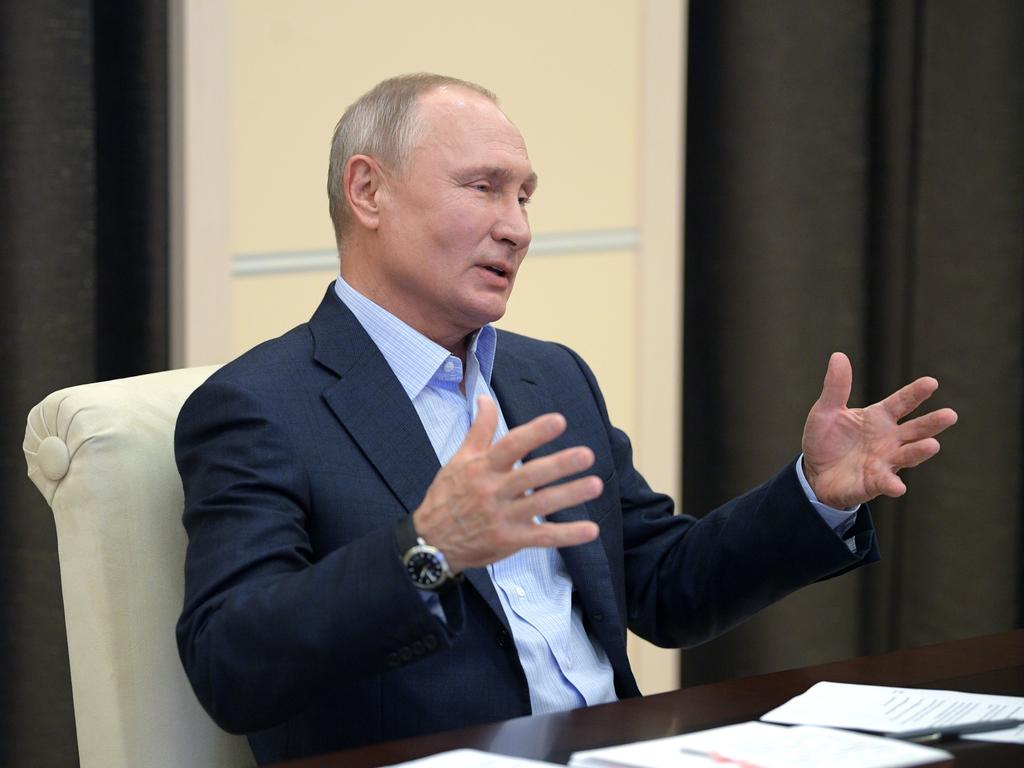Cost of submarine project blows out by $10bn
The estimated cost of Australia's future submarine program has hit nearly $90bn — a rise of nearly $10bn in just five months.

The estimated cost of Australia’s future submarine program has hit nearly $90bn — a rise of nearly $10bn in just five months.
The forecast is a massive 12 per cent increase on the $80bn figure disclosed by Defence in November, and it doesn’t include the whole-of-life cost of about $145bn of sustaining the boats.
The cost jump, at least 12 years out from the delivery of the first submarines, comes amid calls for an urgent boost in the nation’s firepower to counter an increasingly assertive China.
Defence told Senate estimates that the cost of the 12 Attack-class boats in 2016-17 dollars was unchanged at $50bn. But the “out-turned” cost of the French-designed boats — the cost when the money will be spent — is now estimated at $89.7bn.
Defence said it reflected forecast economic conditions, including exchange rate and inflation calculations, that were “beyond the control of the contractors and the program office”.
The Australian dollar has plunged against both the greenback and the Euro since the outbreak of the coronavirus, driving up the cost of imported hardware and expertise. It is now trading below global financial crisis levels, at US64c and 0.58 euros.
Defence Minister Linda Reynolds, after a teleconference with her French counterpart, Florence Parly, on Friday, declared the program remained “on track” to meet its next major milestone.
And a Defence spokesman argued the revised cost “does not represent a blowout”, because the estimated present-day cost remained the same. But opposition defence spokesman Richard Marles said the subs’ cost and schedule continued to slide for reasons that were “shrouded in secrecy”.
“The government originally promised the future submarines would be delivered from the mid-2020s at a cost of $50bn,” Mr Marles told The Australian.
“Now they won’t start building the first submarine for another four years, and they come with a $90bn price tag.
“There are serious questions about what this government and the minister are doing to manage this vital program.”
Senator Reynolds has recently received, but not released, a review of the strategic underpinnings of the 2016 Defence white paper, and an updated force structure plan.
The reviews are likely to recommend the fast-tracking of key capabilities, including the purchase of up to 200 long-range anti-ship missiles from the US, which has approved the sale.
The first of the new submarines won’t be ready for duty until 2034 at the earliest, while the final boat won’t be completed until the mid-2050s.
Australian Strategic Policy Institute senior analyst Marcus Hellyer urged the Morrison government to strengthen the nation’s present defensive and deterrent capabilities, saying strategic circumstances were deteriorating “right now”.
“We have to make sure we have the balance right to ensure we are acquiring capabilities for the near term,” Dr Hellyer said.
“We are spending this year close to $1bn on domestic shipbuilding and we aren’t even close to starting to build the submarines and (Hunter-class) frigates.
“When we are actually in-build, we will be spending potentially $4bn a year, and we will be doing that for years before we are getting anything. So we are, in a sense, starving the present for the future.”
Dr Hellyer said the government should use the coronavirus as an opportunity to rethink major hardware procurements, singling out the planned purchase of 450 heavy infantry fighting vehicles at a cost of $10bn-$15bn.
The tracked vehicles are designed for “mounted close combat” fighting, but are unsuited for use in the Pacific, where they would destroy roads and bridges.
Dr Hellyer said getting new anti-ship missiles and better cyber and satellite capabilities were more urgent priorities.
The government should also consider beefing up the armaments on its soon-to-be delivered Arafura-class offshore patrol boats, which could be adapted as missile platforms and include submarine-hunting towed sonar arrays, he said.
Senator Reynolds’s meeting with Ms Parly followed a crisis of confidence in the submarine program earlier this year, after the French company building the boats said the capability of Australian suppliers was presenting unforeseen challenges and it was unsure if they would get even half the subs’ contracts.
After a furore over the comments, the company subsequently guaranteed Australian firms would get 60 per cent of the value of Naval Groups’ contracts.
The Auditor-General earlier revealed the government’s Naval Shipbuilding Advisory Board was so concerned about the subs project that it warned Defence it should consider walking away from the French-built boats.







